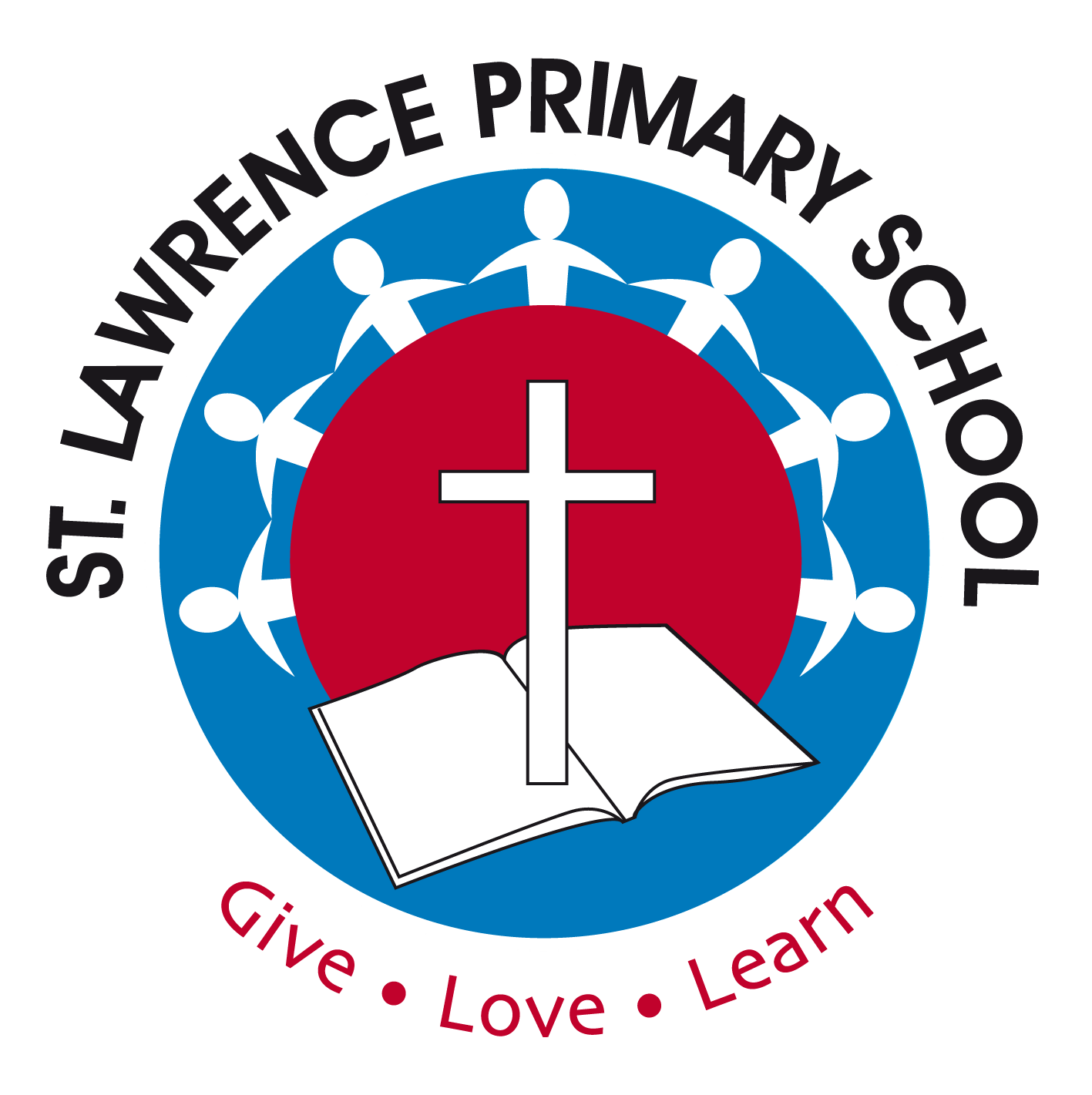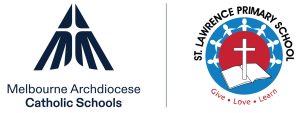At St Lawrence we aim to provide a Mathematics program that enables students to become lifelong learners. We provide students with a supportive learning environment where we differentiate learning to enable and extend learners. We provide opportunities for students to build mathematical skills and metacognitive strategies and to apply these with confidence, understanding and
purpose.
Our Mathematics program, which is based on the Victorian Curriculum 2.0, enables students to acquire and develop Mathematical language and skills, activate their prior knowledge, apply knowledge to real life situations and participate in daily retrieval practise so that knowledge become embedded in long term memory.
Learning and teaching in Mathematics is based on student needs and is identified using a variety of formal and informal assessment methods such as; observations, student work samples, one-on-one interviews, pre-assessments and a variety of formative assessments.
Students are encouraged to be active participants in their learning, using their voice to share ideas and strategies for the good of the whole group. They are encouraged to see the connections between Mathematics and other subject areas by using mathematical concepts, skills and processes to solve problems across the curriculum. We promote the use of digital technologies in Mathematics, providing new tools for mathematical exploration and invention.
The Mathematics lessons follow the evidence based methods related to the Science of Learning and the Science of Maths, as detailed below:
Daily Review – We begin each Mathematics lesson with students reviewing mathematical concepts that they have already been taught in order to retrieve and to commit to their long-term memory. The Daily Review is fast paced, lively and interactive. Students use whiteboards to show their understanding.
Explicit instruction is a structured approach that provides clear instructions, design and delivery procedures to maximise learning. It focuses on active participation, and promotes the use of scaffolds to guide students through the learning process. The goal of this instruction is to foster independence and mastery by regularly checking for understanding and ensuring successful participation by all students. The Explicit instruction sequence is as follows:
- Modelling – Teachers demonstrate the skill and describe what is being done using different methods, visuals and concrete materials
- Guided practise – Teachers guide students through examples and constantly monitor and check for understanding, as well as highlighting any misconceptions students may have. This guided practice aims to give students confidence and time to consolidate their understanding and to ask questions and clarify things they may not fully understand.
- Independent practise – This is where students complete tasks independently and receive feedback from their teachers and other students.
- Summary – This is a time to reflect on the lesson and it is where whole-group discussions take place and students have opportunities to think and talk metacognitively. Teachers facilitate students sharing strategies, mathematical language and how successful they were in the lesson. It is a time for making connections between prior learning and new knowledge.
At St Lawrence we have Math’s Intervention programs that aim to support and extend students. Students are carefully chosen for these programs based on assessments and observations.
At St Lawrence we strive to create lifelong learners who are critical thinkers and problem solvers in mathematics so that they have the ability and confidence to apply learning and understandings in a variety of contexts in order to solve real life problems.


